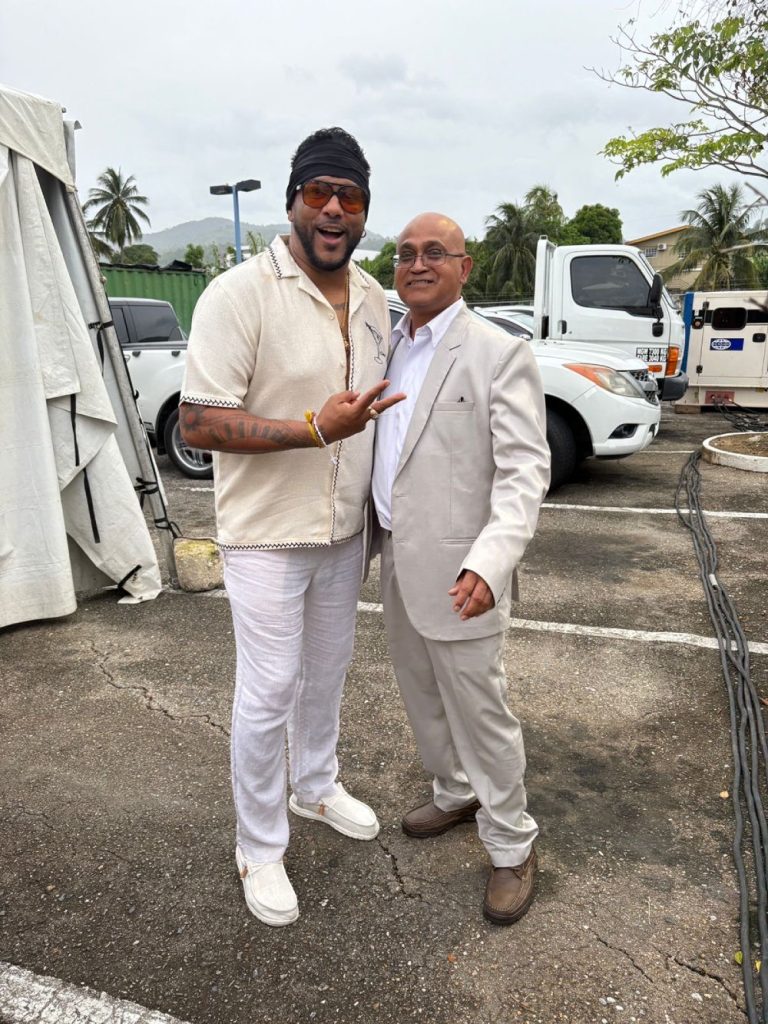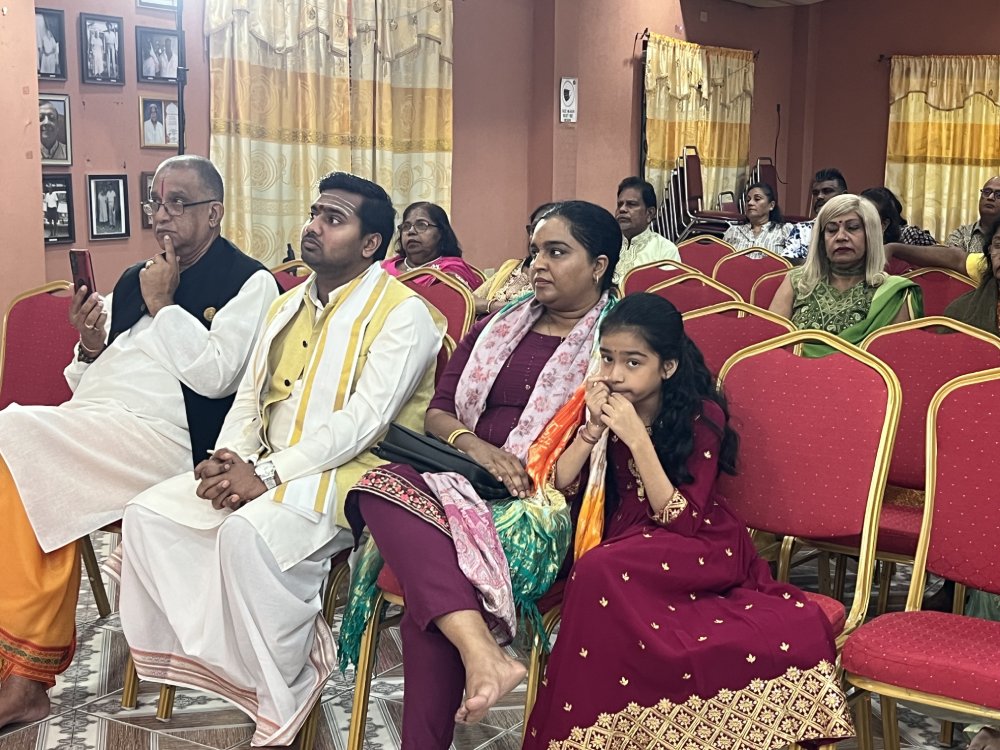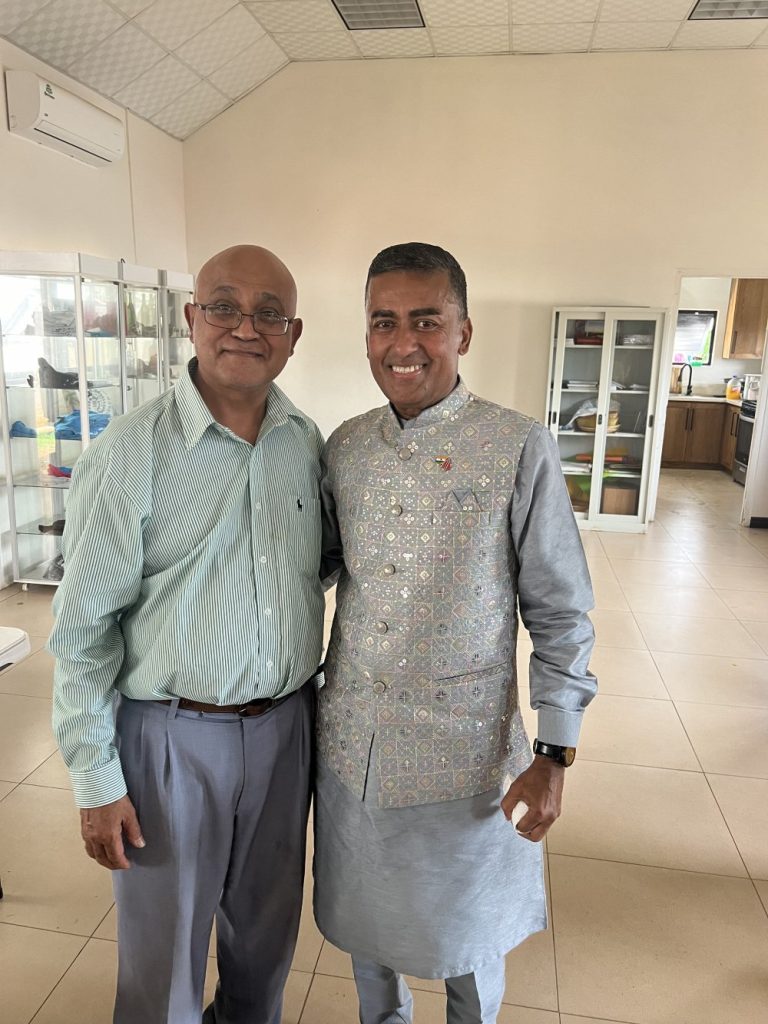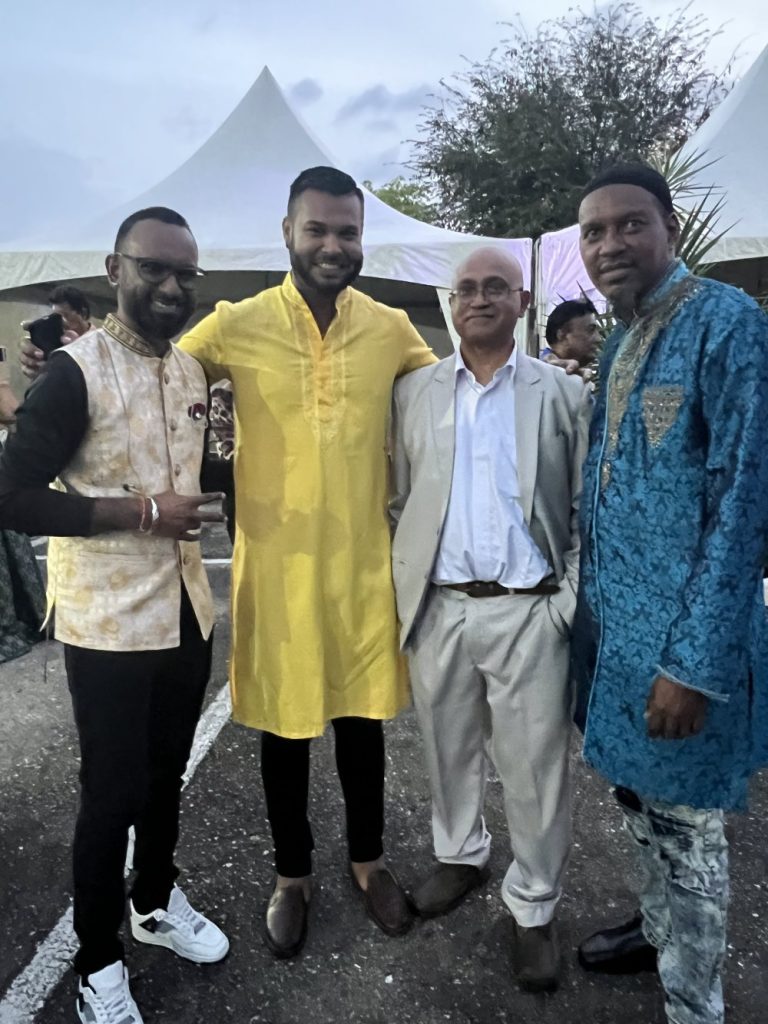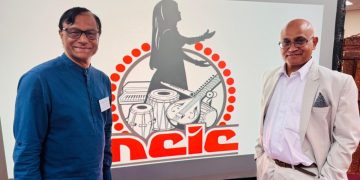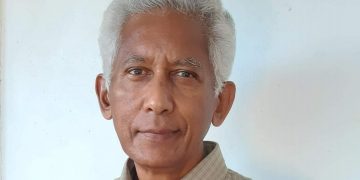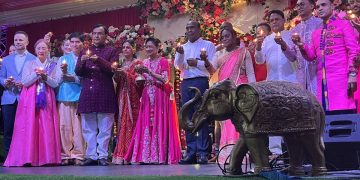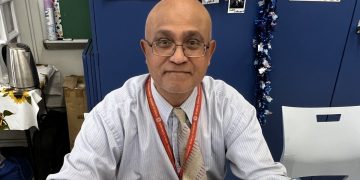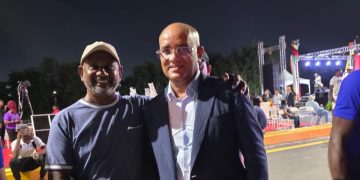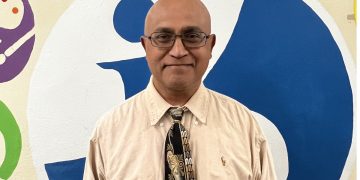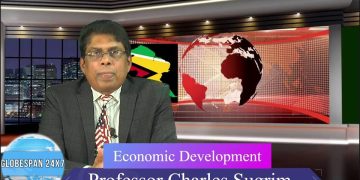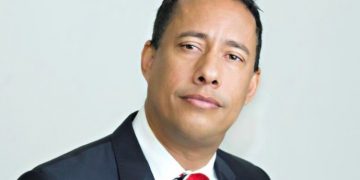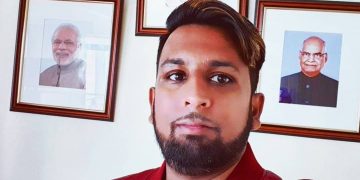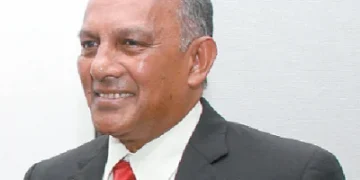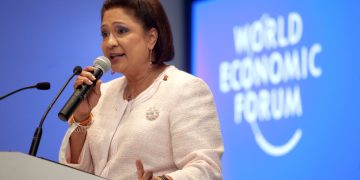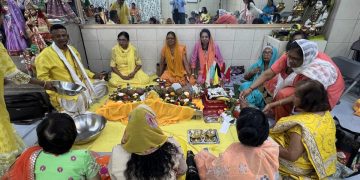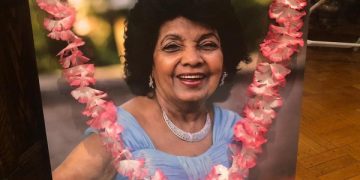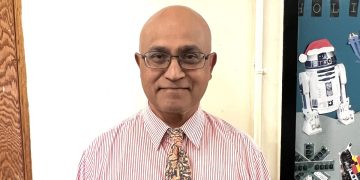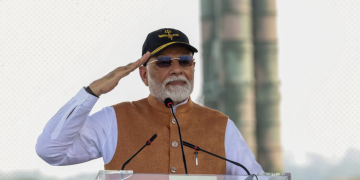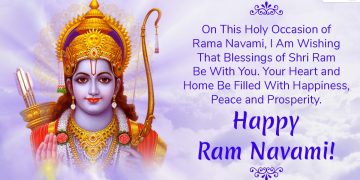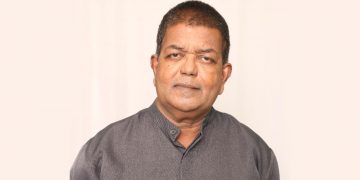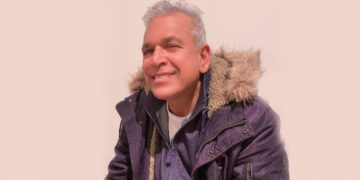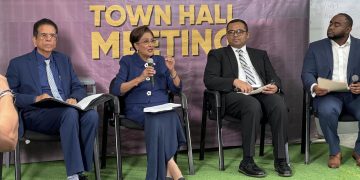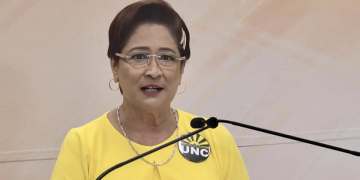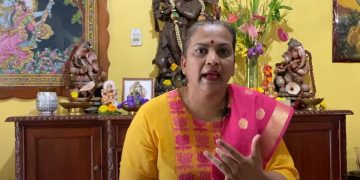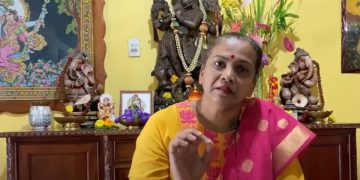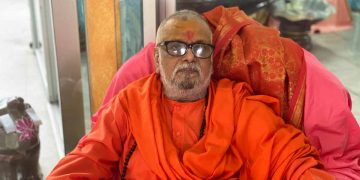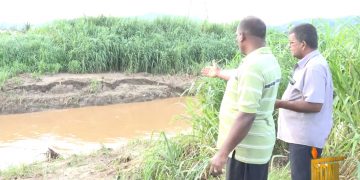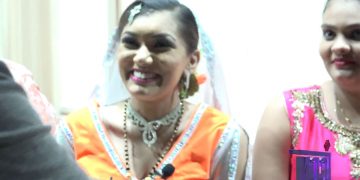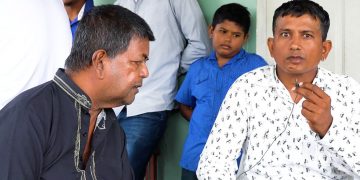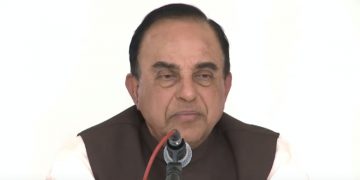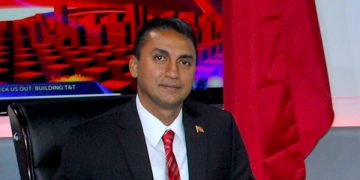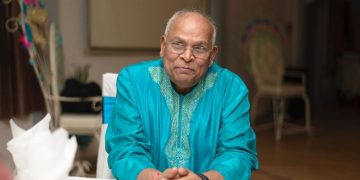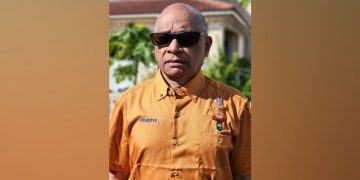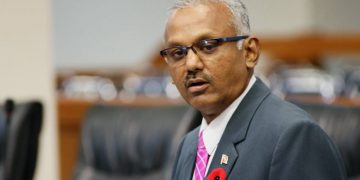I attended Indian Arrival Day celebrations all over Trinidad over the last extended weekend. I have been attending annual Indian Arrival Day celebrations in Trinidad going back to the 1980s. The celebrations in Trinidad were in sharp contrast with those I attended in Guyana over the last several decades. The Guyana celebrations appeared low keyed when compared with those in Trinidad. The Indian Trinidadians, the Indian dominated political party, and Indian (especially Hindu) organizations are not bashful or embarrassed about celebrating their identity, displaying pride in who they are; there seems to be deep ethno- nationalism similar to the nationalism displayed by Afros on Emancipation Day. The Indian, and even Afro MPs, are in full Indian regalia.
As in all other girmitya countries (or countries that experienced indentureship) and territories that experienced Indian indentureship, except in Guyana, the day that Indians first landed is known as Indian Arrival Day. In Guyana, the government that owes its presence to Indians and its very survival, officially calls the day Arrival Day. All other political parties in Guyana agree to change the name to what it really is. Jamaica, Grenada, St. Vincent, Trinidad, Suriname, South African, Fiji, Mauritius, Guadeloupe, Martinique, Reunion, French Guiana, Seychelles, among others, call it “Indian Arrival Day”. In several territories and countries, it is observed as a national day or holiday, including Trinidad. Myself and several other activists from around the region, North America, Reunion, Fiji, etc. are approaching the Indian government to have a “national girmitya day” in memory to those who were indentured; the indentured suffered and their experience need to be commemorated and remembered.
The Indian Arrival Day observances in Trinidad began on May 29, continuing with activities thru Jan 2. The official holiday was on Friday May 30. The High Commission of India to Trinidad and Tobago, as in Guyana, held a day long commemorative activities where Indians first landed, Nelson Island, a garrison, before the indentured were parceled out, or sold (contracted) to the various estates or plantations. Almost every government minister, except the PM, people of Indian, African, Mixed, Syrian descent, among others, was at the celebrations, displaying the significance it holds for them. The President, PM, Opposition Leader of the Republic, and several MPs issued statements on the occasion and its relevance.
In Trinidad, almost every Member of Parliament, from both government and opposition, Indian and African, observed Indian Arrival Day in their constituencies. All political parties, Indian and African, held Indian Arrival Day commemorative services at their offices. Leading Indian bands, singers, dancers, organizations, performed at the countless celebrations. And there were countless celebrations all over the island in Indian communities over the three day holiday weekend. Many mandirs also hosted celebrations Friday thru Sunday. There were nightly celebrations at the Diwali Nagar, (NCIC headquarter) in Chaguanas, Central Trinidad on evenings of Friday thru Sunday – free first class, excellent Bollywood type performances by leading international and local artistes. The events were carried live on TV and on You Tube and social media. The government, though it did not provide any grants, facilitated the celebrations and provided access to national TV and radio coverage unlike in Guyana. The three live entertainment was preceded by three days of academic presentations by some 72 presenters from around the globe. This was the country’s observance of 180th anniversary since Indian first arrived on May 30 in 1845.
In New York, Indian Arrival is being observed at several government offices around the state. Indian Arrival was also observed in Orlando, Miami, Jersey City, Boston, Chicago, and several other cities across USA. The festival observance will conclude this Sunday at Smokey Oval in Richmond Hill, Queens.
